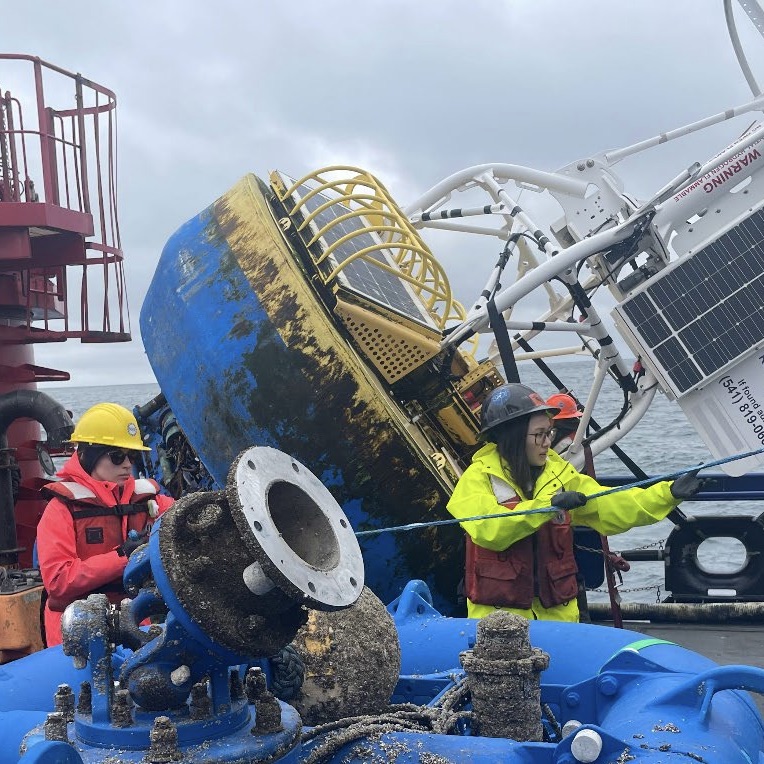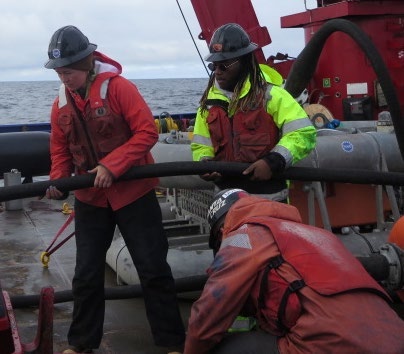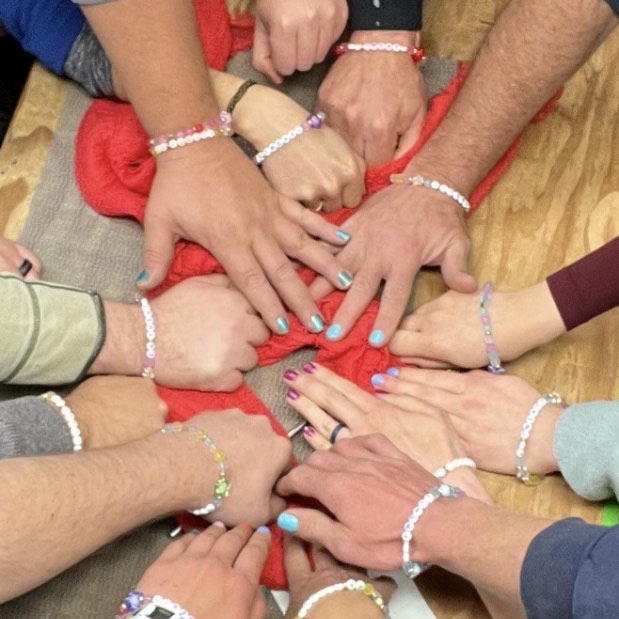Endurance Team Overcomes All Challenges to Complete its 20th Expedition
“Early spring cruises always present some weather challenges and this year was no exception,” said Coastal Endurance Project Manager and Chief Scientist on the Endurance 20 Expedition Jonathan Fram.
For this, the twentieth NSF OOI Coastal Endurance Array cruise, conditions were typical for the time of the year in the northeast Pacific. Temperatures on deck ranged from 44-52 degrees F. Winds blew in from the north at a low of 5 and up to 25 knots. Wave heights were up to 12–15-foot swells. In short, there was a lot to contend with, which forced the R/V Sikuliaq and the Endurance 20 team to sit it out in port for two weather days, waiting for conditions to abate.
“We re-arranged the schedule to take advantage of intermittent weather windows and are pleased that we succeeded in accomplishing almost all of our mission objectives. We appreciate being one of the first cruises of the year because it allows us to get fresh moorings in the water around the time of spring transition. In spring, the predominant wind direction shifts to from the North, which upwells water along the West Coast.”
Despite the less-than-ideal working conditions, the Endurance 20 team and crew of the Sikuliaq got the job done. They successfully completed all cruise activities except for the deployment of the Washington Inshore Coastal Surface Piercing Profiler and one glider. Both had failed pre-deployment checks. Since both gliders and CSPPs can be deployed from smaller boats, the decision was made to hold their deployments. Ship reservation requests have already been made to get them into the water later this spring.
In total, the team recovered and deployed six surface moorings (two battery powered buoys and four large buoys powered by wind and solar energy), one offshore and two surface piercing profiler moorings (CSPP), and three gliders. One glider experiencing navigation issues was recovered. CTD casts (to measure conductivity, temperature, and depth) and water sampling were conducted along with each mooring operation.
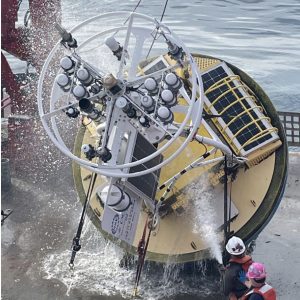
The expedition marked several firsts: This was the first cruise in which all buoy deck solar panels on all moorings operated for the entire previous deployment. This was also the first deployment in which all buoys incorporated new sea lion guards, thanks to the idea and implementation by Deck Lead Alex Wick. This was also the first time that Raelynn Heinitz took the reins of deck lead from Alex Wick. There were other less notable firsts. A field of crab pots surrounded the Inshore Washington Mooring. One derelict pot was even found far offshore wrapped around the Washington shelf mooring. The crab pots posed extra hazards that the Sikuliaq and recovery team had to maneuver around.
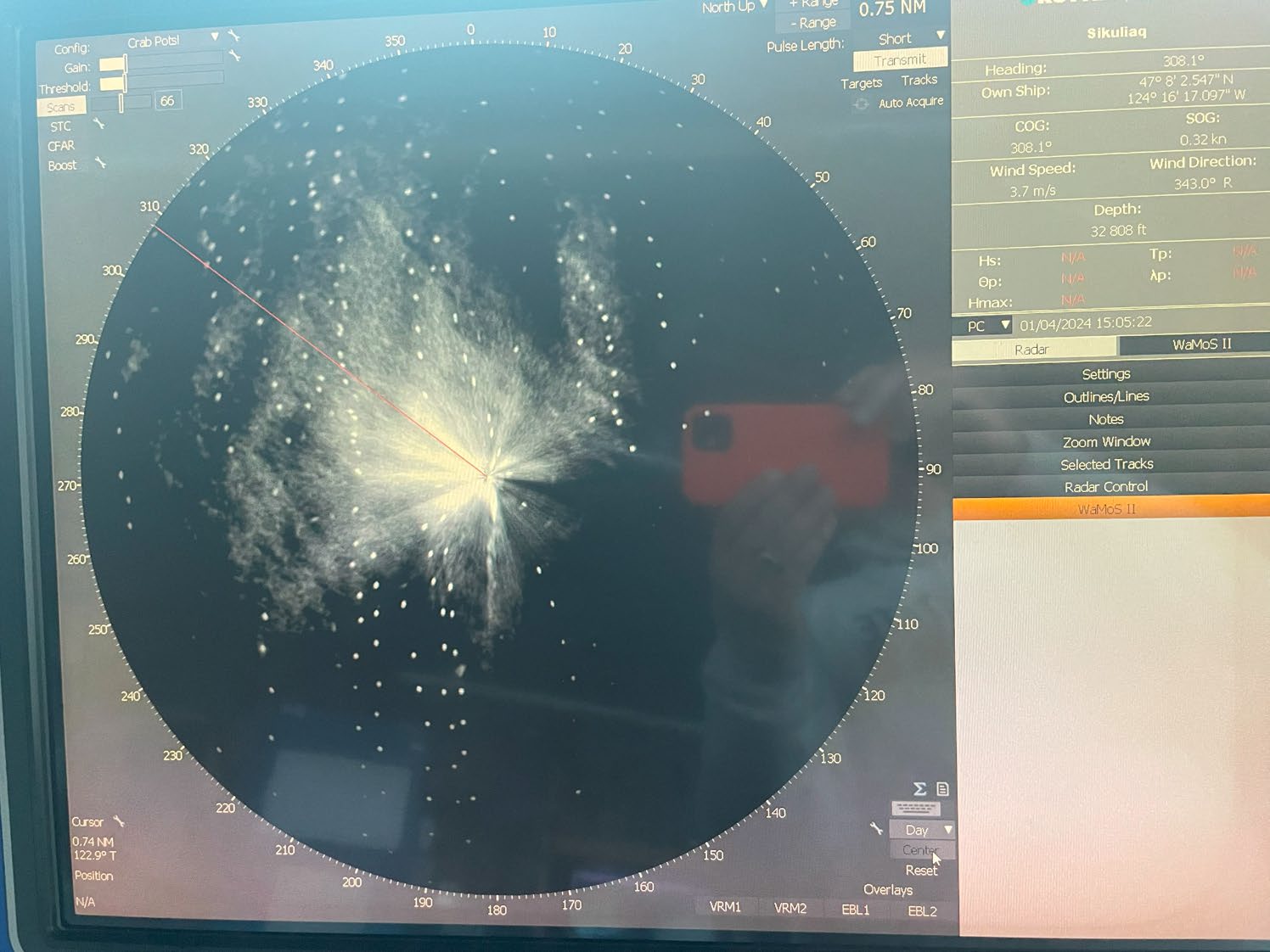
In addition to the mission objectives, the Endurance Team successfully completed ancillary scientific operations. They helped scientific partners University of South Carolina researcher Eric Tappa and Oregon State University student Faith Schell recover and deploy a sediment trap adjacent to OOI’s Oregon Slope Base site. This is part of an ongoing research effort of OSU Associate Professor Jennifer Fehrenbacher and USC Professor Claudia Benitez-Nelson, who study the geochemistry, biomineralization, and marine biology of the sediments. The Team also deployed fish tag readers for OSU Assistant Professor Taylor Chapple to support his work studying sharks and other large marine predators.
“These ongoing collaborations with scientists are beneficial to everyone,” added Fram. “They not only maximize the use of ship time but increase the understanding of the areas in which we are gathering data. Plus, it’s great for us who do the data gathering to interact directly with the scientists who are using the data.”
A review of the day-to-day operations of the Endurance 20 Team can be found here.

